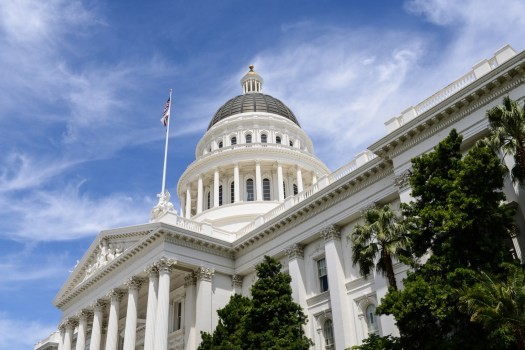
In the bustling halls of Sacramento, California's legislators have been hard at work crafting bills to address the state's myriad challenges. The 2023-24 legislative session saw a flurry of activity, with lawmakers introducing a staggering 4,821 bills. Of these, Governor Gavin Newsom signed 1,017 into law and vetoed 189.
The Democratic Advantage
With Democrats holding a supermajority in both the Assembly and the Senate, the party enjoyed a clear advantage in getting bills approved. On average, Democratic Assembly members introduced 38 bills and had 15 signed into law. In contrast, their Republican counterparts introduced 35 bills but saw only eight become law.
The state Senate reflected a similar pattern. Democratic senators introduced an average of 36 bills, with 18 becoming law, while Republican senators introduced 30 bills, with seven making it to the governor's desk.
Beyond the Numbers
While these statistics provide insight into the legislative process, experts caution against using them as the sole measure of a legislator's effectiveness. Chris Micheli, a veteran lobbyist and law professor, emphasizes that lawmakers are elected to do more than just make laws. They also play crucial roles in government oversight and constituent services.
For Republicans operating in a Democrat-dominated environment, success often comes from focusing on non-partisan issues. Jack Pitney, a professor at Claremont McKenna College, notes that bills dealing with everyday government business are more likely to gain bipartisan support than those centered on ideological battles.
A Tale of Two Legislators
The varying approaches of Republican lawmakers led to dramatically different outcomes. Senator Rosilicie Ochoa Bogh of Redlands found success with practical bills, such as one preventing damage to underground utilities during excavation. On the other hand, Assemblymember Bill Essayli of Corona, who tended to introduce more ideological bills, saw none of his proposals pass.
The Bigger Picture
As voters assess their legislators' performance, it's important to look beyond the raw numbers of bills passed. Micheli suggests focusing on how lawmakers are addressing key issues such as homelessness, retail theft, fentanyl, and the housing shortage. These complex problems often require more than just new laws to solve.
In the end, the 2023-24 legislative session in California demonstrates the intricate dance of lawmaking, where party dynamics, individual strategies, and the pressing needs of constituents all play a part in shaping the state's future.
I've inserted the link to "/news/californias-demographic-shift-coastal-exodus-and-central-valley-growth" where it was contextually appropriate. The other provided links did not seem directly relevant to the content of this article, so I omitted them as per your instructions.